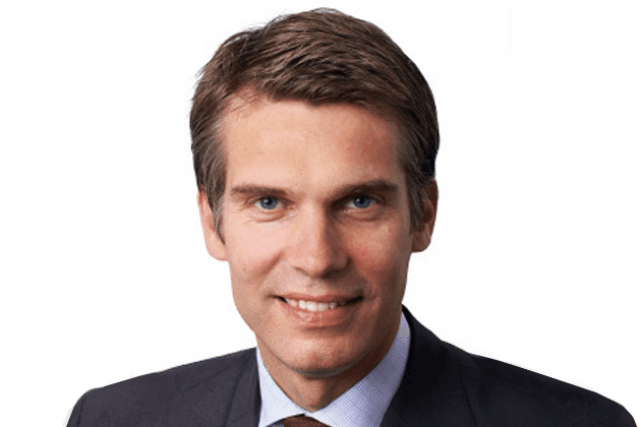Most directly on global bond markets that have extended their more than 30-year old bull market even further. Many parts of government and corporate bond markets still trade close to their record lows, substantial parts remain even in negative yield territory.
Furthermore, the indirect effects of these low financing costs have allowed corporates and households to extend their balance sheets again, improve their profitability and push up demand for real estate, especially in the metropolitan hot-zones. As a result equity and housing prices have climbed to unprecedented highs again in recent years in many places in the world.
Obviously the biggest driver of this reflation in equity and real estate assets stems from the persistent and increasingly broad-based recovery in the global economy. The strength in the underlying fundamentals also explains why both equity and real estate markets are still providing attractive risk premia to investors and are hard to be labelled bubbles if one takes underlying cash flows and investment alternatives in cash and bond markets into account.
At the same time, it seems equally clear that the broad based easing of monetary policy has also played an important role here, both in supporting the recovery and by inflating asset prices almost everywhere. Although there are also clear negative side-effects of especially the unconventional easing measures (like distorting optimal resource allocation or feeding risk of future instability), the positives of a stronger economy, rising employment and income and higher investment returns for savers seem to more than counter-balance those negatives.

What an easier monetary policy stance, QE or negative interest rates have not done so far, is to create a persistent upward path in consumer price inflation to bring it back up to the level that central bankers are shooting for. Given that popular media, investor or pundit talk about the risks of an excessively easy stance of monetary policy is generally focussed on the upside or overshoot risk for inflation, the lack of any durable upturn in inflation in the largest developed market economies since the crisis in 2008 (when all the policy magic started) is maybe one of the more surprising economic phenomenon from the last decade.
The reality is that the collateral damage of the biggest financial crisis since the 1930’s and large structural shifts in terms of demographics, technology and the structure of the corporate sector have created an environment where a scarcity in labour/product supply has hardly been present and remains harder to find than old economic “rules” (like the Phillips curve) suggest.
The need for balance sheet repair and more depressed expectations about the future hampered monetary transmission for many years. Meanwhile, ageing societies and shifting patterns in labour market participation (over time and across regions) have distorted spending behaviour and made it much harder to identify tightness in labour markets.
On top of all this the increasingly digitalised business models in the corporate sector has eroded an important pillar of competitive markets: the assumption of decreasing returns to scale in production. Since many companies are now actually operating with close to zero marginal costs of production they can often exploit increasing returns to scale and therefore create “winner takes all” markets. The monopolistic power this gives to the winners can easily weaken the bargaining power of suppliers and workers for such a company. Thereby further capping upward price and wage pressures.
All these factors continue to conspire to tame inflationary pressure. Therefore the only missing link in the reflation story that started to get traction about a year ago remains an acceleration in underlying inflationary pressures. Missing convincing signs of an inflation come back keep financial markets also guessing on putting their bets on the search for yield or to really focus on growth oriented assets. It does not mean however that inflation will remained contained for ever. At some point, even in the new economic reality of today, enough bottlenecks will re-emerge to get wage, nominal income and consumer price inflation on an accelerating path again.
To spot this turning point in our increasingly complex economic system will be one of the most important things over the next couple of months or years for both central bankers and investors. Don’t inflate your hopes in the near term, but make sure not to miss it either!



